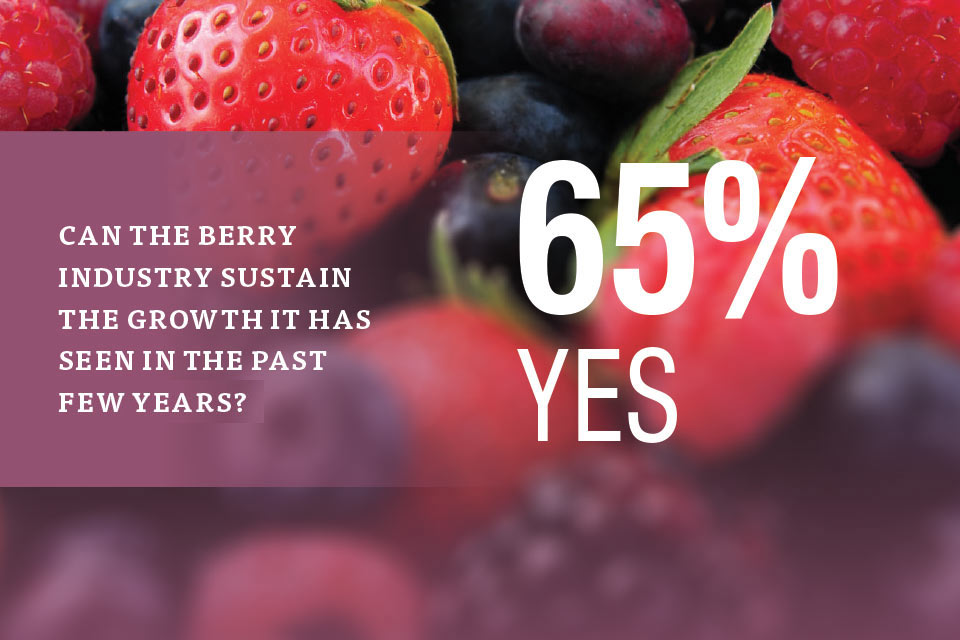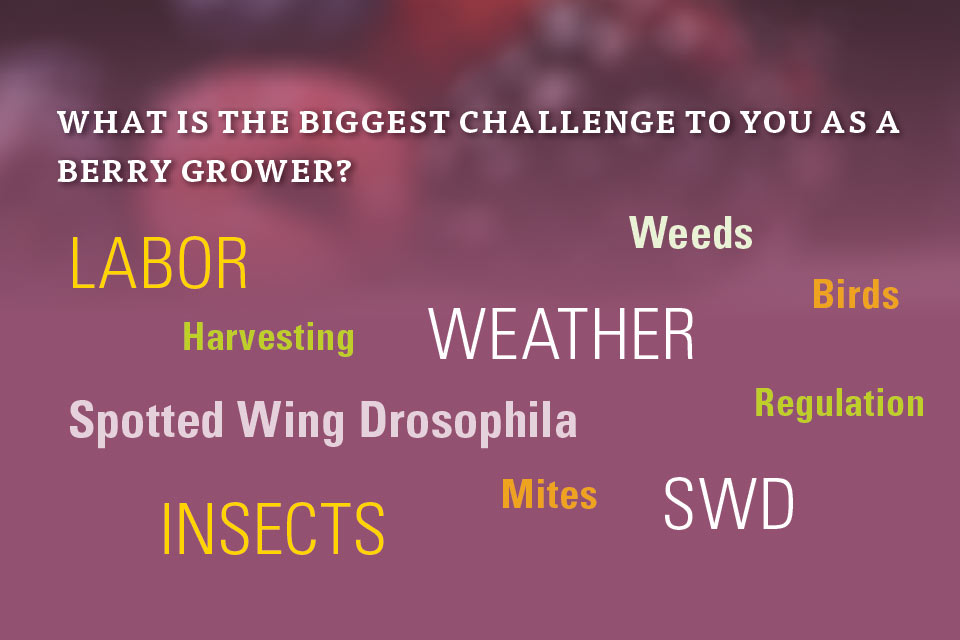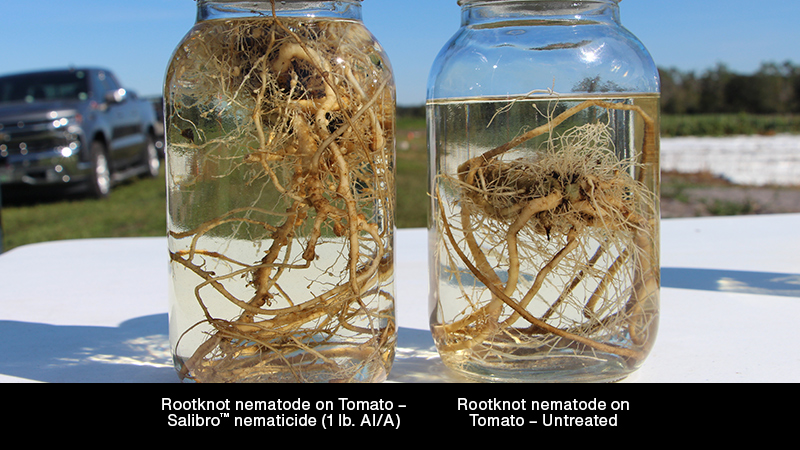Growers Say it’s the Best of Times or the Worst of Times for Berry Industry
Talking to a grower about berries is like talking about “A Tale of Two Cities.” It’s either the best of times or the worst of times.
 Consider the tremendous positives: A “health halo” like no other fruit. For example, it’s tough to imagine better publicity than the Harvard University study of a few years ago that found blueberry consumption might help ward off Alzheimer’s disease, thus earning it the enviable moniker “brainberry” by the Harvard professor in charge of the study.
Consider the tremendous positives: A “health halo” like no other fruit. For example, it’s tough to imagine better publicity than the Harvard University study of a few years ago that found blueberry consumption might help ward off Alzheimer’s disease, thus earning it the enviable moniker “brainberry” by the Harvard professor in charge of the study.
Add to that the fact that berries of all types are now available year-round, and you have a product with unparalleled sales growth, in terms of year-on-year percentage, not just in the produce aisle but in the entire grocery store.
Finally, it doesn’t hurt that many new varieties have fantastic flavor and can be grown in many areas where it wasn’t previously possible.
Ah, but that last is of course a double-edged sword. Over the past couple of decades, berries — especially blueberries — have been planted seemingly all over North America, and an awful lot of South America. Now many of those plantings have matured and are being harvested.
This point is underscored by experts who note the rapid accumulation of frozen inventories, which indicate oversupply. On the other hand, they note the swelling supply may — like crops such as almonds before them — create opportunities for new products from food companies.
Our annual State of the Industry survey illustrates this dichotomy. Most berry growers remain positive, as a solid 38% plan to increase production in 2017. However, among the Big Five crop categories: berries, grapes, nuts, and pome and stone fruit, the only areas where a double-digit percentage of growers said they were cutting production in 2017 were grapes, at 14%, and berries, 12%.
Further illustrating this contrast were growers’ answers to the following question: Can the berry industry sustain the growth it has seen in the past few years? The answers split nearly two-to-one, with 65% of growers answering “yes,” and 35% answering “no.”
What follows is a sampling of answers supplied by growers from throughout the country, starting with the naysayers, followed by the yaysayers.
 Too Many Darn Berries
Too Many Darn Berries
“We have too much in storage and it is growing each winter and not selling out well. Hundreds if not thousands of more acres are being planted in the Northwest by entrepreneurs, and this is glutting the market.” — Northwest grower/packer
“Chain stores are not paying farmers enough money for product.” — Southeast strawberry grower
“Production is already out-pacing demand and there are a number of acres that have not even come into full production yet.” — Midwest blueberry grower/packer
“Soon it will reach market saturation like any other commodity.”— Northwest grower
“California growers have been too greedy. (Other problems include) cheap strawberries in the supermarket, and homemakers are only buying as needed as opposed to canning and freezing as in years past.” — Midwest strawberry grower
“There is so much oversupply that the price has dropped to a level where it will not be profitable to continue.” — Northeast blueberry grower
Nutritious and Delicious
“I can’t seem to grow enough.” — Northeast grower of many fruit crops
“We are able to sell all the berries which we grow.” — Southeast blueberry and strawberry grower
“Demand for local product is still mostly unmet.” — Western berry grower
“I think yes in the short term but I am worried about the limits of consumer demand.” — Southeast grower/packer
“Berry promotions regarding the health benefits have been tremendous movers.” — Northeast grower/packer
“There is more consumption of berries per capita.” — Northwest strawberry and caneberry grower
“Though production has increased, so has consumption. It’s a question of how long consumption can keep increasing.” — Northeast blueberry grower
“Organics is the answer.” — Northwest blueberry grower
“Americans are still extremely deficient in fruit consumption. But there will be a short-term oversupply as the fruit stomach grows.” — Northeast blueberry grower/packer
“The berries are getting better and better.” — Northwest grower
“There is still a strong demand for locally grown fresh berries.” — Northeast grower of strawberries and caneberries
“There are new varieties suited to the tastes of consumers.” — Southeast blueberry grower
“We continue to meet new customers and we continue to see innovation in product creation in the after-market.” — Northeast blueberry grower
“Because it continues to grow each year despite our doubts!” — Midwest grower of many fruits, including blueberries and strawberries









